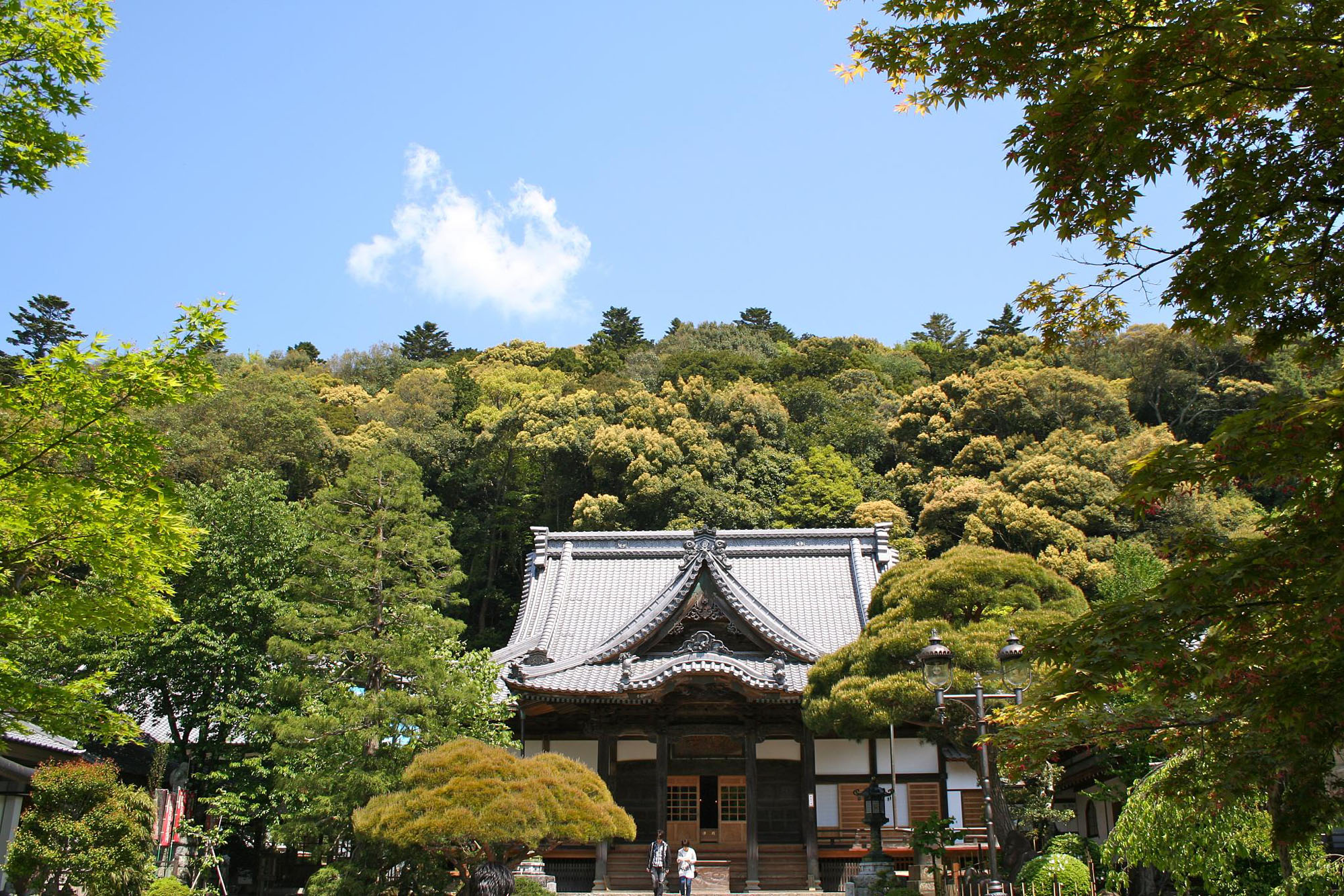Shuzenji, an onsen (hot-spring) town in the heart of the Izu Peninsula, is a little piece of heaven. Nestled in the densely wooded hills of Shizuoka Prefecture, its collection of baths, guesthouses and shops line up on either side of the rushing Katsura River, with historic temples, shrines and bamboo groves in the surrounding forests.
At the very center of town, almost in the river itself, is a tiny open-air foot bath called Dokko no yu. It is said to have been created by Buddhist priest Kukai (774-835) and is supposedly the oldest hot-spring bath on the peninsula. A few minutes walk away is the grave of the second shogun of the Kamakura shogunate, Minamoto no Yoriie, who was murdered while bathing in 1204 at the age of 19 on his uncle's orders. Also nearby are the graves of Yoriie's 13 loyal retainers who rose in rebellion shortly thereafter but were, unfortunately, executed for their troubles.
Shuzenji's splendid natural surroundings and distinguished history make it easy for visitors to miss the town's significance to Japanese literature. It was here, in 1910, that an event occurred that was a turning point in the life of Japan's greatest modern novelist, Natsume Soseki.



